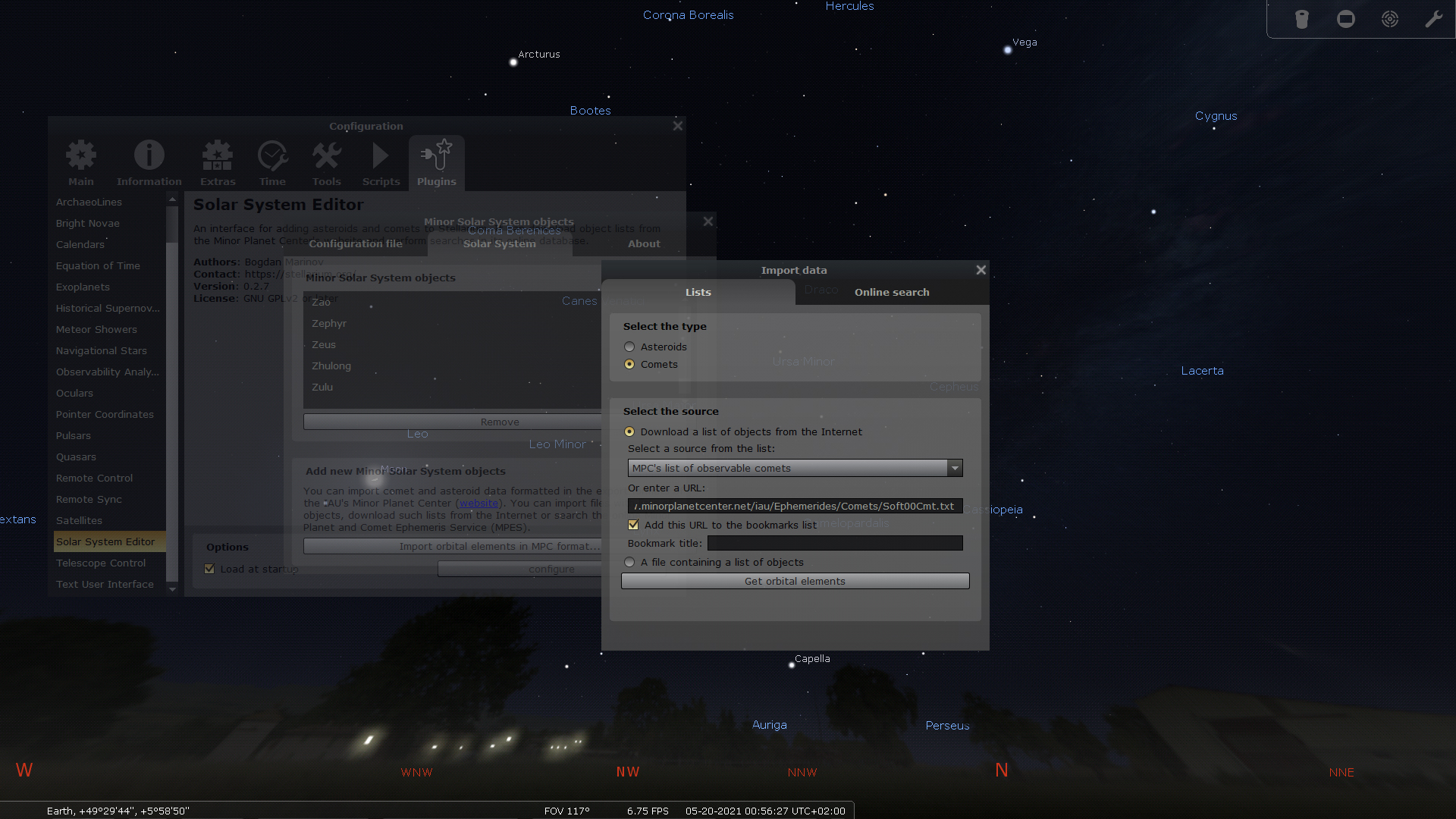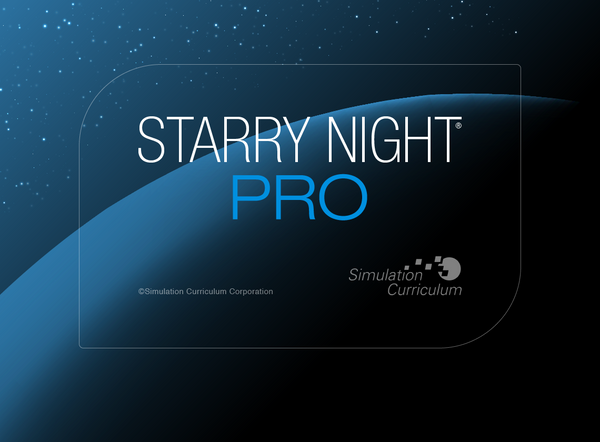

This is the reason why amateur astrophotographers spend multiple nights collecting pictures on a single deep sky target. Integration is the key to great astrophotography image. FIT files from a CCD camera (or dedicated CMOS), the right settings can be the difference between a good image, and a great one. Over the past 8 years, I’ve stacked images created using a DSLR camera, dedicated astronomy camera, and CCD Camera. It is well worth your time to learn how to use this free software successfully, as you will enjoy it for years to come. I have used DeepSkyStacker to align, calibrate and integrate every deep-sky astrophotography image I have ever taken. The version I currently use to stack and register my astrophotography images is DeepSkyStacker 4.2.3. If you haven’t already done so, download DeepSkyStacker for free.

In this post, I will explain the DeepSkyStacker settings I use to stack and register all of my astrophotography images. With so much time and effort going into the acquisition stages of astrophotography, it would be a shame not to achieve the best possible results when stacking your images. The concept of stacking in astrophotography is simple, by combining multiple images together, the signal-to-noise ratio can improve. This useful and easy-to-use freeware tool simplifies the pre-processing steps of creating a beautiful deep sky image. I have been using DeepSkyStacker to get the most out of my astrophotography images since I began shooting through a telescope in 2011.


 0 kommentar(er)
0 kommentar(er)
